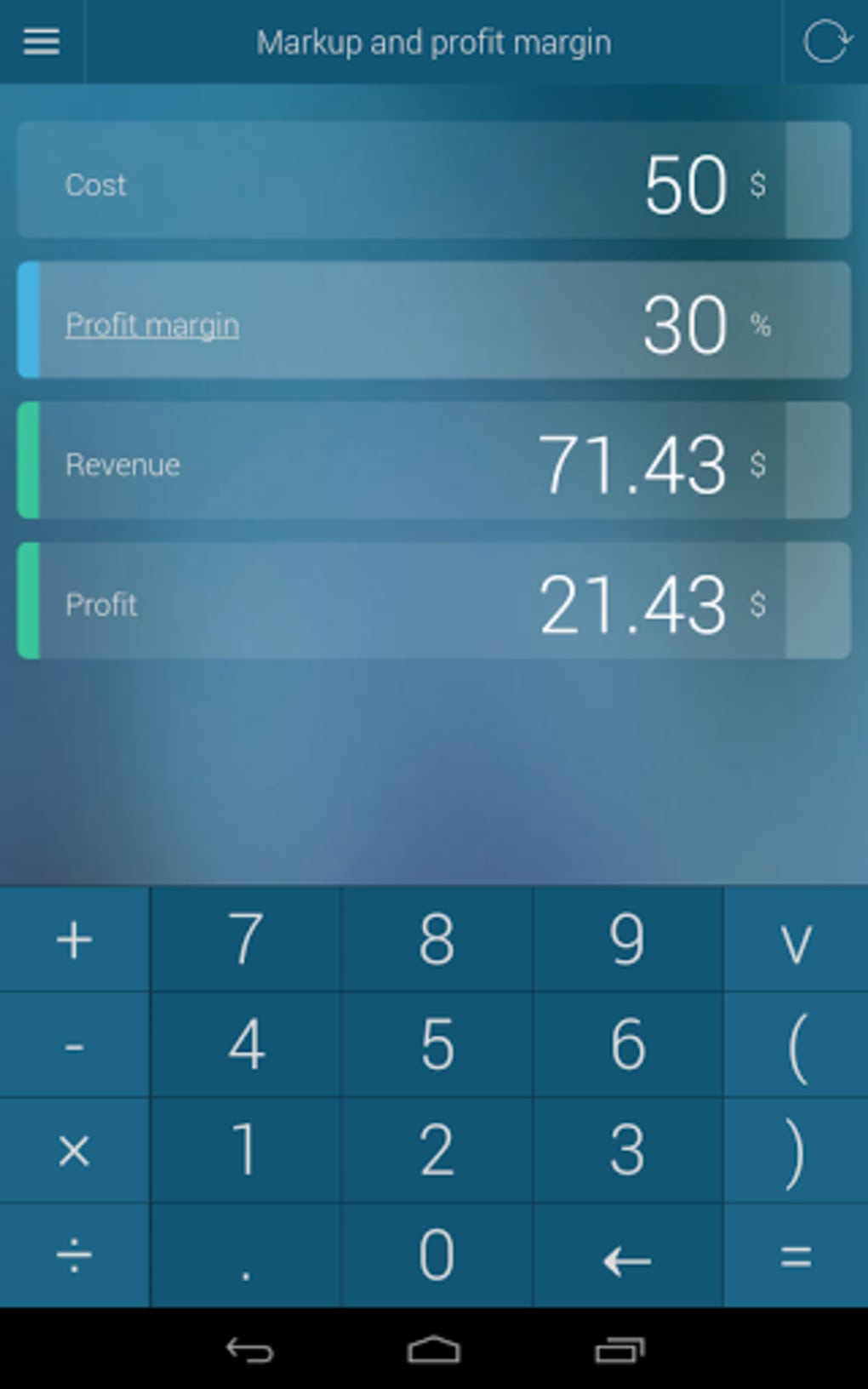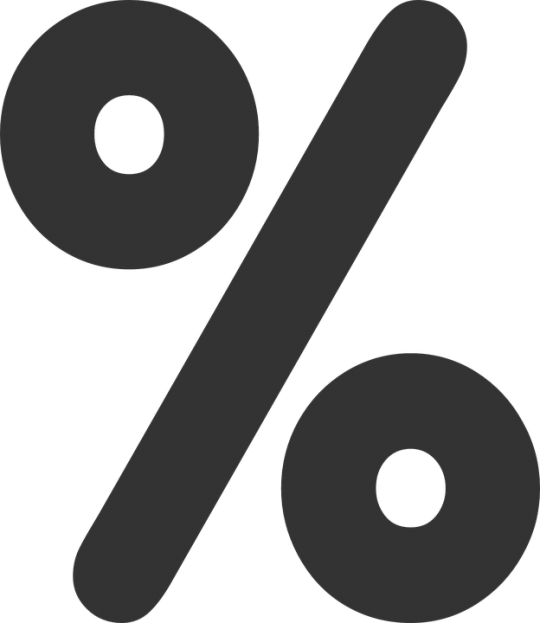

Without data, percentage change figures can be misleading.Ĭeredigion, a county in West Wales, has a very low violent crime rate. Dylan’s hours were 23% lower in March than in February. Then divide the decrease by the original number (February hours) so:ġ0.5 ÷ 45.5 = 0.23 (to two decimal places).įinally multiply 0.23 by 100 to give 23%. What is the percentage difference between Dylan’s February hours (45.5) and his March hours (35)?įirst calculate the decrease in hours, that is: 45.5 - 35 = 10.5 In March Dylan worked 35 hours again – the same as he did in January (or 100% of his January hours). This simply means moving the decimal place two columns to the right.ĭylan therefore worked 30% more hours in February than he did in January. To work out the increase as a percentage it is now necessary to divide the increase by the original (January) number:ġ0.5 ÷ 35 = 0.3 (See our division page for instruction and examples of division.)įinally, to get the percentage we multiply the answer by 100. We can see that Dylan worked 10.5 hours more in February than he did in January – this is his increase.

To tackle this problem first we calculate the difference in hours between the new and old numbers. In January Dylan worked a total of 35 hours, in February he worked 45.5 hours – by what percentage did Dylan’s working hours increase in February? Whether you want to brush up on your basics, or help your children with their learning, this is the book for you.Įxamples - Percentage Increase and Decrease This four-part guide takes you through the basics of numeracy from arithmetic to algebra, with stops in between at fractions, decimals, geometry and statistics.

If you wish to calculate the percentage increase or decrease of several numbers then we recommend using the first formula. Positive values indicate a percentage increase whereas negative values indicate percentage decrease. If your answer is a negative number, then this is a percentage increase. % Decrease = Decrease ÷ Original Number × 100 Then: divide the decrease by the original number and multiply the answer by 100. To calculate percentage decrease:įirst: work out the difference (decrease) between the two numbers you are comparing. If your answer is a negative number, then this is a percentage decrease. % increase = Increase ÷ Original Number × 100. Then: divide the increase by the original number and multiply the answer by 100. To calculate the percentage increase:įirst: work out the difference (increase) between the two numbers you are comparing. For more general percentage calculations see our page Percentage Calculators. Understanding Statistical Distributionsįor an explanation and everyday examples of using percentages generally see our page Percentages: An Introduction.Area, Surface Area and Volume Reference Sheet.Simple Transformations of 2-Dimensional Shapes.Polar, Cylindrical and Spherical Coordinates.Introduction to Cartesian Coordinate Systems.Introduction to Geometry: Points, Lines and Planes.Percentage Change | Increase and Decrease.Mental Arithmetic – Basic Mental Maths Hacks.Ordering Mathematical Operations - BODMAS.Common Mathematical Symbols and Terminology.Special Numbers and Mathematical Concepts.How Good Are Your Numeracy Skills? Numeracy Quiz.


 0 kommentar(er)
0 kommentar(er)
